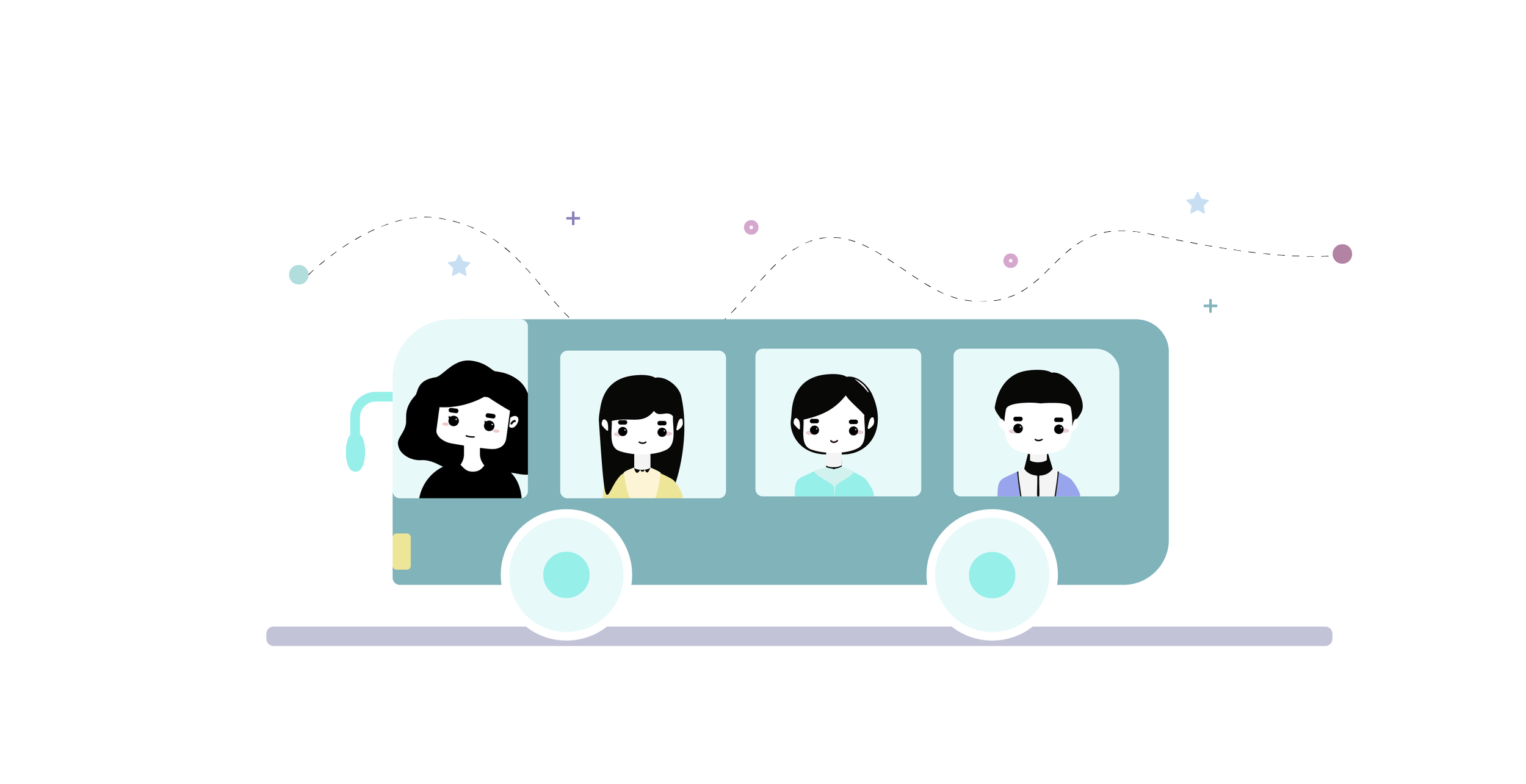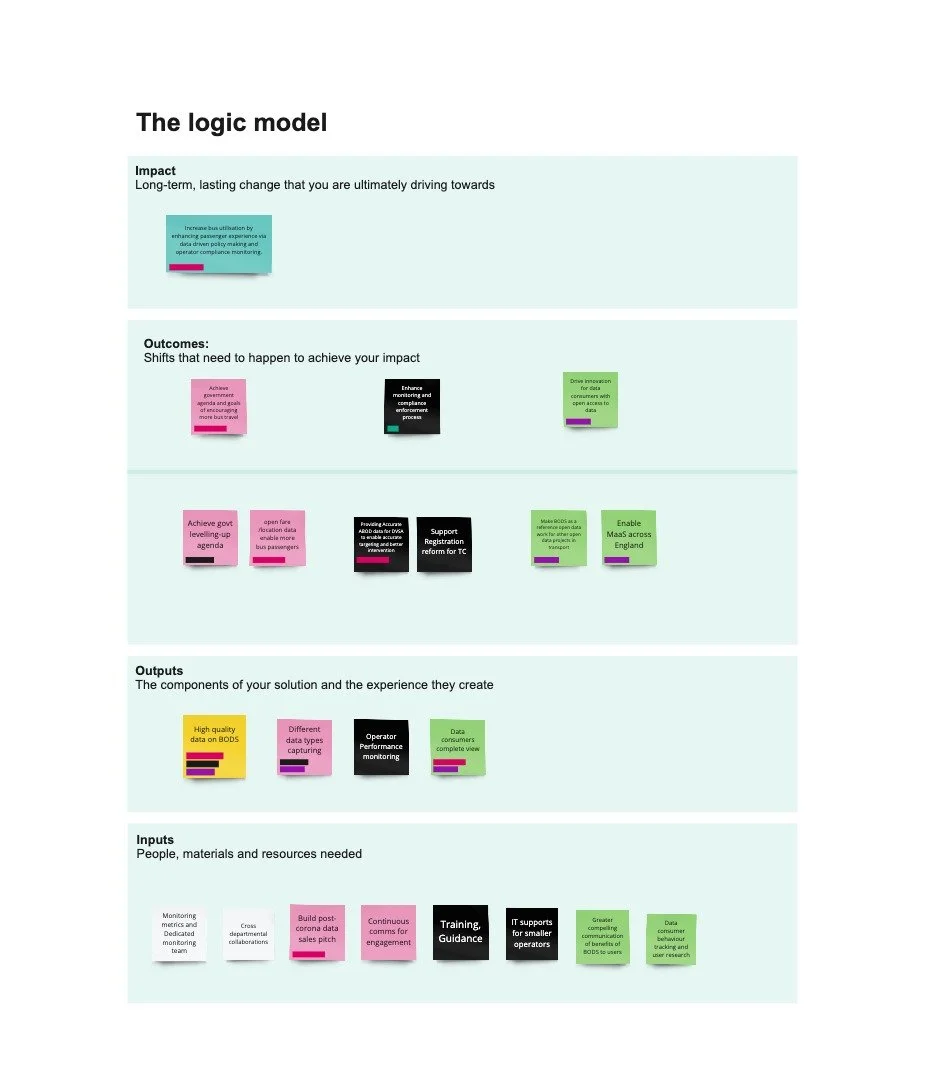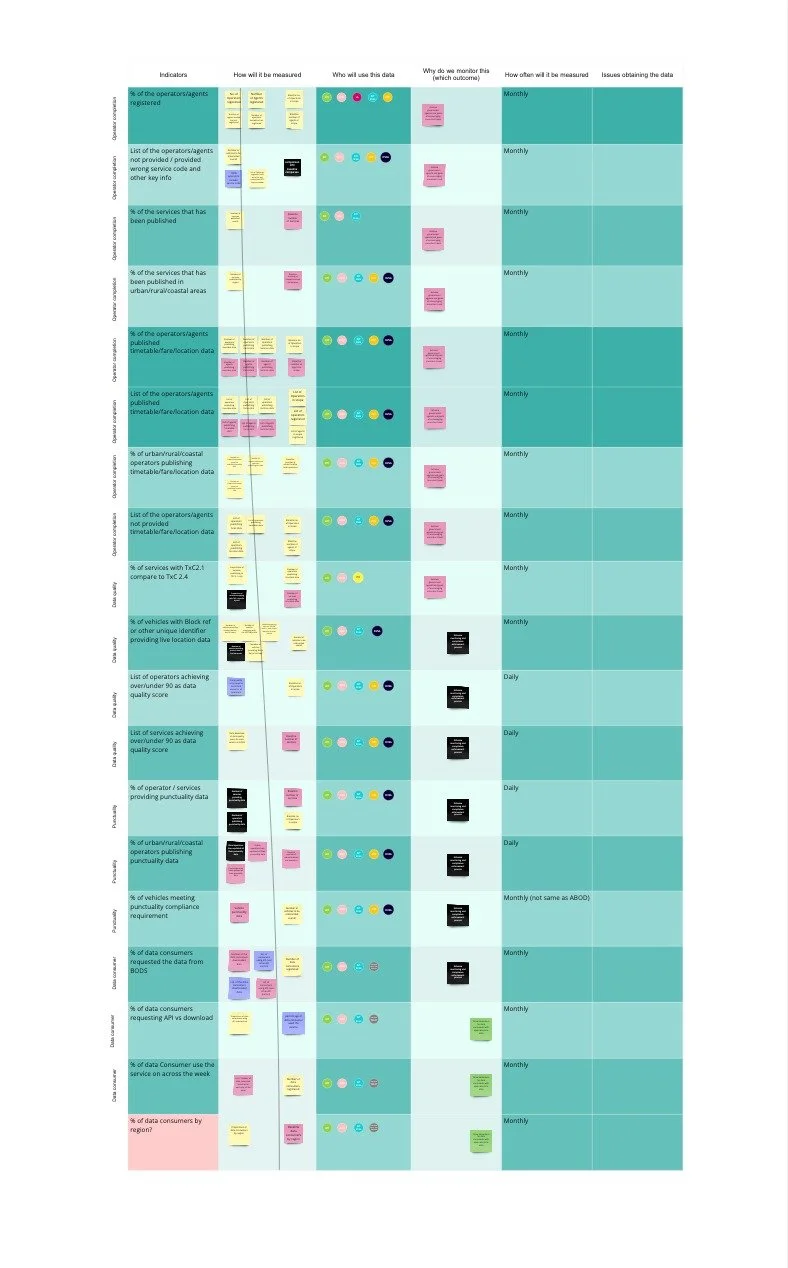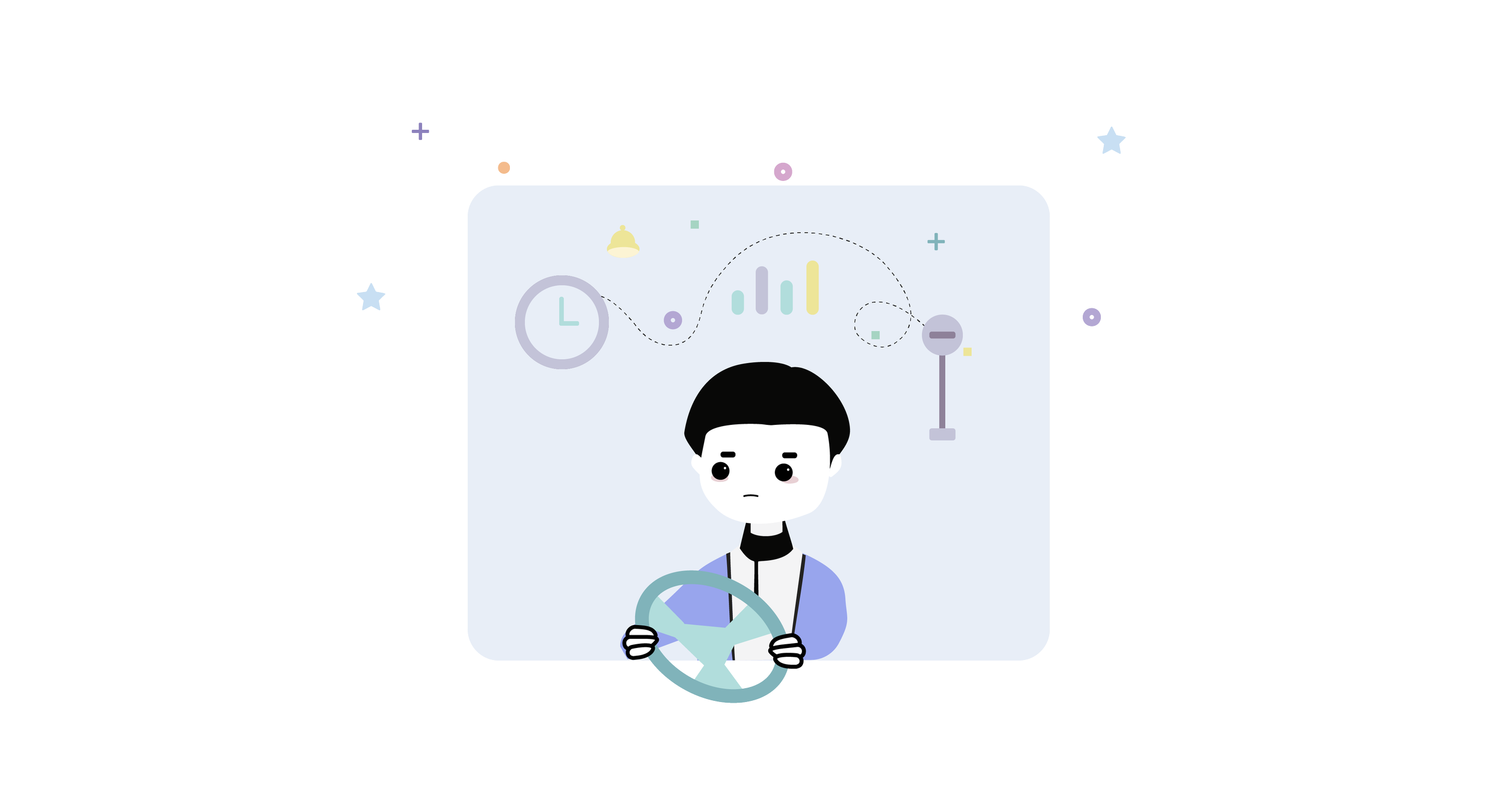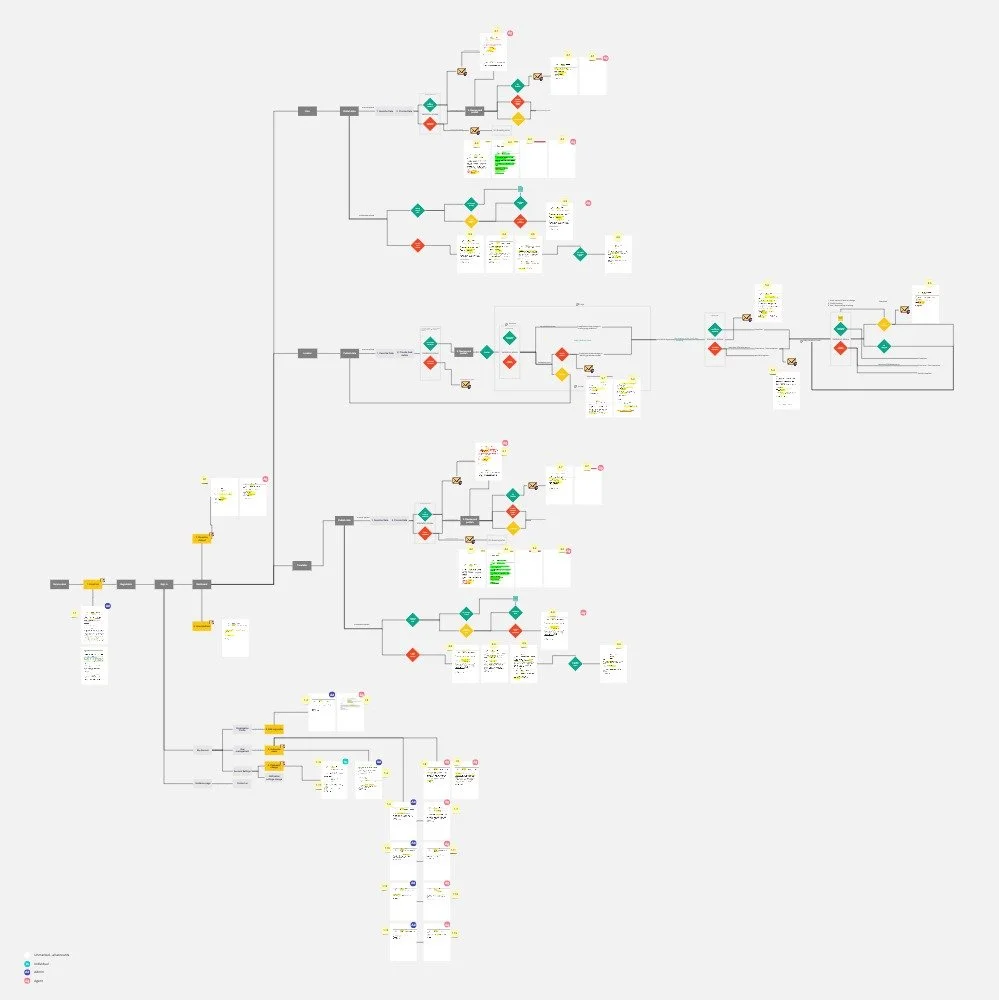Bus Open Data
How can we design a better public transport experience in the U.K.?
🧭 Context: The UK Department for Transport launched the Bus Open Data project to enhance public transport experience and support the government's net-zero goal. KPMG is tasked with delivering a digital platform for bus timetables, real-time location, and fare data to improve accessibility, transparency, and efficiency. However, the project faces numerous challenges due to the technology gap within the bus industry and diverse stakeholder involvement
📁 Responsibilities: As a workstream lead, I demonstrated research and design abilities to navigate complex challenges, uncovering crucial user pain points within a diverse user base through qualitative and quantitative research, collaborative co-creation sessions, and stakeholder alignment workshops.
📢 Outcome: KPMG has helped reduce the BODS programme’s time-to-market by 30%. My contributions to research and design have proven effective, resulting in more than double the number of operators onboarded and unique organisations consuming the API during my time on BODS.
🛠️ Tools: Miro | Jira | Trello | Slack | MS survey form | Sketch | Invision | Zeplin
Challenge #1
Aligning government agencies and stakeholders on a shared vision and strategy
My responsibilities as a UX researcher revolved around conducting user testing sessions to pinpoint improvement opportunities, validate existing backlog features, and explore the potential for new enhancements.
An intriguing aspect of this project was navigating the intricate web of stakeholders. It became evident that various stakeholders have their unique motivations, sometimes leading to conflicts with others in the project ecosystem. Recognising this dynamic, I organised workshops aimed at aligning these divergent visions and strategies.
Relational mapping
Relational mapping
This tool helped me to visualise and analyse the connections, dependencies, and interactions and allowed me to plan the upcoming workshops more effectively.
Logic model workshop
Logic model workshop
I organised a workshop to create the 'Logic Model' to assess inputs, outputs, and align the impact goals.
Stakeholder interviews
Stakeholder interviews
I have uncovered service performance metrics relevant to each stakeholder group and determined how we can continuously measure them
Outcome
We ensured that all relevant stakeholders were consulted by establishing a clear and shared vision guided by a logical model. It also allowed us to generate metrics that are directly linked to the shared vision, which are used to continuously monitor the success of the digital product and contribute to the program evaluation plan over 3 and 5 years.
Monitoring KPI mapping
Challenge #2
Improving bus operators’ data quality
One of the workstreams I lead focuses on improving the bus operator experience on the platform. Early in the research stage, I uncovered several challenges, including research fatigue among larger operators and technical competency issues among small to medium operators. In the absence of policies or legislative mandates, how can we support bus operators in enhancing the quality and accuracy of the data they supply for the platform?
Surveys
Quantitative research
I have designed and distributed surveys to bus operators and associated organisations like local authorities and tech providers to uncover industry trends, pain points, and opportunities. This approach helped identify critical obstacles to behavioural change and quantify potential benefits.
Heuristic assessment
Heuristic assessment
I have conducted a heuristic assessment on version one of the product. It allowed me to identify and address usability and other design problems early on.
Qualitative research
As the size of the operator often mirrors the challenges they encounter, I have decided to categorise the operators we intended to interview based on their operational size. Engaging in direct conversations with them enabled us to uncover some of the less recognised pain points, such as “shortage of driver” and “issues with disruption information”.
Back and service desk findings
I have also engaged with the service desk responsible for user support to uncover recurring issues. After categorising the support tickets they received, we discovered trends relating to technical capabilities and awareness of available support. Additionally, I investigated product ideas recorded in Trello and Jira backlogs to identify emerging feature requests.
Publisher journey: painpoints and opportunities
Outcome:
Based on research findings, I redesigned several user flows and UI screens in Sketch to enhance the data publisher experience for bus operators. I then organised moderated testing sessions to validate and iterate the design concepts with users.
Two areas received the most positive feedback from bus operators, stakeholder groups, and clients.
Notification audit
Notification Centre: Bus operators often find themselves strapped for time to pay attention to notifications from BODS. To address this, I conducted a thorough notification audit, adjusted frequencies based on the severity of the issue, and added personalisation settings.
Data quality checker summary
Data Quality Checker: I introduced a summary page highlighting data issue categories, which significantly improved troubleshooting efforts and the technical capabilities required from bus operators.
Challenge #3
Supporting data consumers to create seamless public transport experience
Once you have quality data supplied by bus operators, data can be consumed by journey-planning apps, research bodies, and even hobbyists.
My focus on this workstream, in addition to improving the platform experience for data consumers, has been running landscape research on global open data best practices and innovative data usage. Understanding how we can support consumers and provide feedback on any requirements back to bus operators will ultimately enhance the public transport experience for the general public.
Landscape research
Landscape research
I have conducted landscape research on bus open data projects around the world, analyzing diverse product solutions to extract valuable design inspirations. I also gained an understanding of transport data standards and best practices globally.
Research, design and development
I conducted over 25 interviews and additional testing sessions with data consumers to understand usability issues and capture use cases of bus open data. Adhering to the Government Design System(GDS), I designed with accessibility in mind to meet the AA compliance mandated by the UK government. Throughout the process, I collaborated closely with software engineers, we investigated the feasibility of user requests for seamless design handover
Keyboard navigation with highlighted text
Covid restrictions
Amidst COVID-19 challenges, our project in the bus industry faced profound impacts. Leveraging virtual tools like Miro and Teams, we remained mindful of users' circumstances. While in-person contextual inquiries or shadowing weren't feasible, we used open-ended questions to understand daily responsibilities and challenges. This approach provided valuable insights into facilitating the behavioural changes necessary for the sustained success of this platform.
Collaborative Miro interview boards
Outcomes:
The Bus Open Data project stands as a remarkable success story, demonstrating open data's transformative potential in improving countless individuals' lives. It showcases how, through gradual adjustments, we can foster a shift in mindset within an industry as traditional as the bus sector.
The service has been widely adopted by well-known journey planners such as Citymappers, etc:
33,900 Buses
3000 + Service users
4.5 Billion bus journeys
Reflections
Scale of surveys
Our surveys faced limitations in terms of scale, primarily due to time constraints. Each workstream yielded a restricted number of survey responses. Additionally, we observed a slight selection bias, as participants in the second version remained mainly similar to those in the first version. While we successfully engaged with major bus operators and data consumers, our efforts to recruit new mid-sized and small businesses encountered challenges.
Social and economic behavioural change
We initiated collaborations with university researchers to delve into our program's broader societal and economic impact. I am keen on exploring this further, seeking advice and best practices to foster continuous positive behavioural changes and extend our influence towards the general public to encourage increased public bus travel.
Webpage activity analysis
Analysing user data posed challenges, primarily due to compliance requirements. In the initial version, monitoring and feedback mechanisms were not intentionally integrated, resulting in minimal data for the analysis of site activities. For our forthcoming version 2, we have recommended including these features. Acquiring this additional dimension of data would provide an additional source of insights to improve the experience and design of the platform.
“You’ve been absolutely instrumental in driving the UX workstream on BODS. Your expertise, skills, and techniques are of a very high standard.”
- Engagement Lead on BODS
Want to see more?
